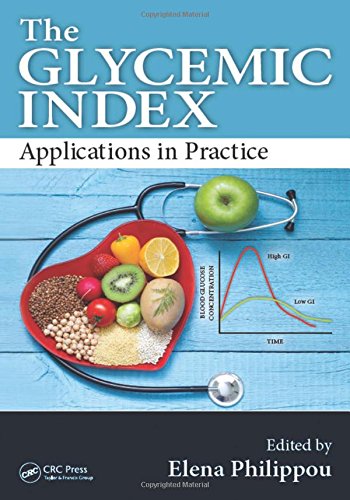

Most ebook files are in PDF format, so you can easily read them using various software such as Foxit Reader or directly on the Google Chrome browser.
Some ebook files are released by publishers in other formats such as .awz, .mobi, .epub, .fb2, etc. You may need to install specific software to read these formats on mobile/PC, such as Calibre.
Please read the tutorial at this link: https://ebookbell.com/faq
We offer FREE conversion to the popular formats you request; however, this may take some time. Therefore, right after payment, please email us, and we will try to provide the service as quickly as possible.
For some exceptional file formats or broken links (if any), please refrain from opening any disputes. Instead, email us first, and we will try to assist within a maximum of 6 hours.
EbookBell Team

4.8
94 reviewsIn 1981, David Jenkins, Thomas Wolever, and colleagues introduced the concept of the glycemic index (GI) to differentiate carbohydrates based on the rate of blood glucose rise following their consumption. Although GI was first used in diet therapy for diabetes, research evidence has accumulated since then to thousands of publications from all over the world with applications for prevention and/or management of many diseases, as well as effects on physiological states and exercise.
The Glycemic Index: Applications in Practice has gathered together, in an unbiased and critical way, all the evidence and research on GI that has been studied, including diabetes, cardiovascular disease, cancer, obesity, polycystic ovary syndrome, pregnancy outcomes, sports performance, eye health, and cognitive functioning. It provides a detailed explanation on how to correctly measure a food’s GI, how the GI of food products can be altered, as well as the use and misuse of GI labelling around the globe.
The contributors are either pioneers or experts in the area of GI from all around the globe, including Australia, Canada, Europe, and the United States. The book is a valuable source of information for healthcare professionals of various disciplines, nutritionists, dietitians, food scientists, medical doctors, sports scientists, psychologists, public health (nutrition) policy makers, and students in these fields, as well as an important addition to university libraries.